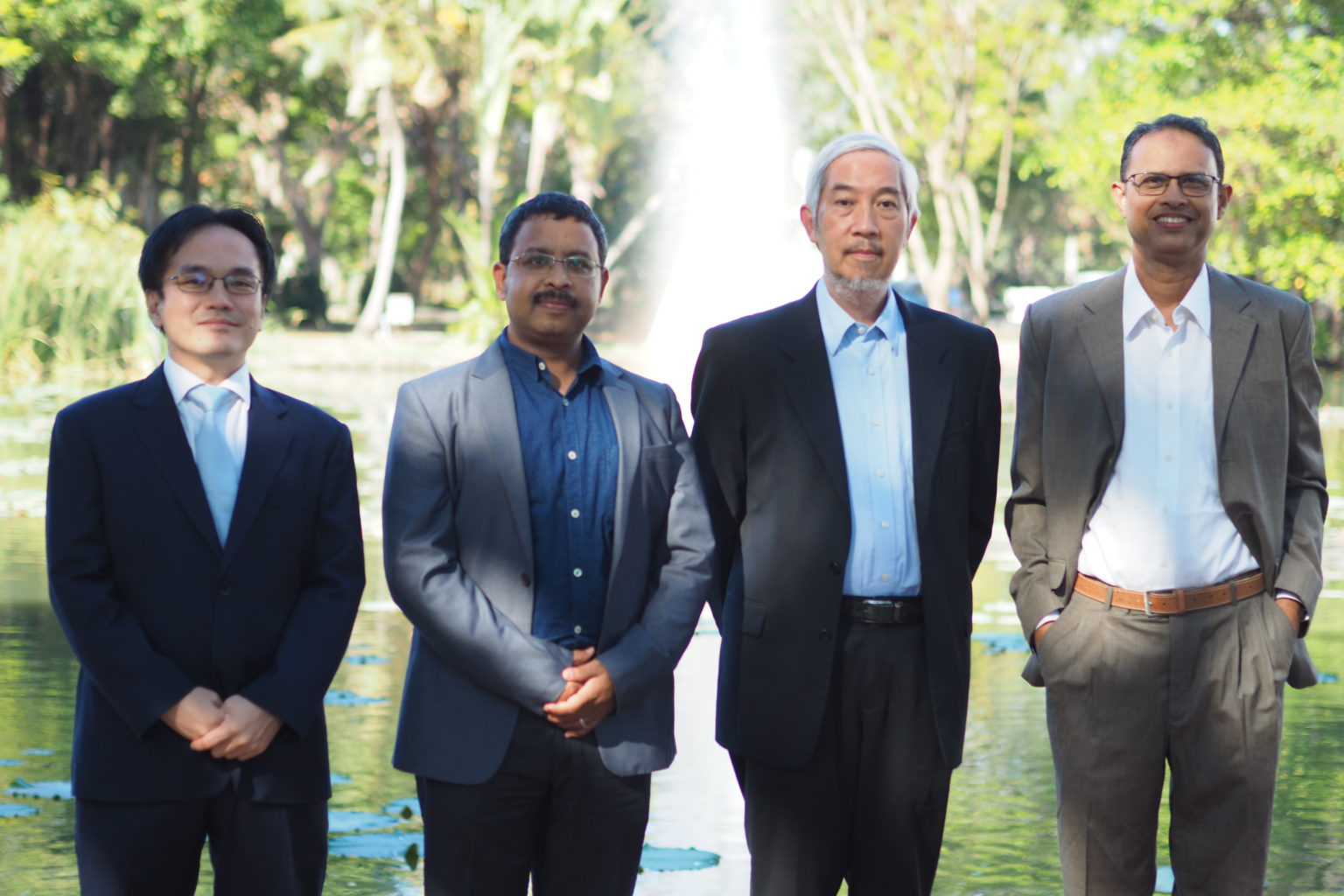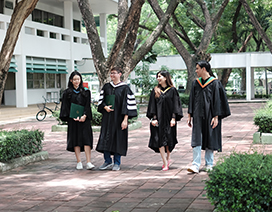DPMM and partners facilitate community workshops to enhance climate resilience...
Read MoreWELCOME TO DPMM
Disasters have become a huge threat. Rapid population growth, urbanization, poverty, and climate change have increased the vulnerability of many Asian countries. Disaster Preparedness, Mitigation and Management is offering interdisciplinary degrees and short-term trainings for capacity-building and skill development. The Disaster Preparedness, Mitigation and Management (DPMM) program imparts interdisciplinary education and training towards understanding and solving complex issues of natural hazards and disasters in the context of global drivers such as sustainable development goals and climate change.
It offers a balanced curriculum of physical and social sciences and engineering aspects of disaster risk management. Students and graduates are trained to acquire knowledge and skills to utilize innovative tools and techniques to come up with sustainable solutions to the increasing local, regional and global scale of disaster risk management.
ABOUT DPMM
Disasters, resulting from natural hazards kill an average of approximately 45,000 people globally each year, representing 0.1% of global deaths. And while the number of deaths has slowly declined over the past century, people continue to be exposed to natural hazards, and economic damages are on the rise. In the past decade alone, disasters resulted in a global economic losses and damages of around 0.22% of the share of GDP.
That is not all, the most destructive disasters that could occur are still to happen yet. Rapid escalation and intensity in the incidence of severe disaster events have become a huge threat to the global community.
Asia-Pacific, on the other hand, with 85% of all the people affected by disaster in the world, is in the centre stage of all disasters. The region is also at the forefront of indirect disaster impacts, including the highest number of internal displacements across the globe. Due to rapid rate of population growth, urbanization, poverty, climate change and geographical location, most of the Asian countries have become highly susceptible to natural disasters; some of them, per se: flood, cyclone, drought, earthquake, landslide, extreme temperature, heavy rain, epidemics, etc. It has been felt that there is limited capacity at global, regional and national levels in terms of knowledge base, skills training, long-term planning, emergency preparedness and policy development to respond to such severe disaster events. Consequently, to address these issues in innovative ways, it gave way to a program on Disaster Preparedness, Mitigation and Management (DPMM) at Asian Institute of Technology (AIT) in August 2008. AIT being located at the centre of this region provides a strategic insight into the happenings in the world of disasters and development.
DPMM program uses interdisciplinary capacities (engineering, medicine, natural and social science, as well as management) to manage and minimize the effects of disasters in people on the front lines of disaster response and preparedness. It provides professional education and short-term training for the capacity building of the Asia-Pacific as well as neighbouring regions.
The courses at DPMM are designed and developed by AIT Faculties and experts from partner institutions having more than a decade of experience in this particular field. The program is being successfully run with students from more than 23 countries across the world and has admitted 120 students till date.



DPMM NEWS
Surging to a disaster resilient 2030: DPMM AIT’s participation in APMCDRR 2024
Surging to a disaster resilient 2030: DPMM AIT’s participation in...
Read MoreADPC-AIT Joint Capacity Development Training Program on Multi Hazard Impact Based Early Warning Forecast
ADPC-AIT JOINT CAPACITY DEVELOPMENT TRAINING PROGRAM ON MULTI HAZARD IMPACT...
Read MoreWHAT WE OFFER
RESEARCH













